Everything you need to know about scurvy
Scurvy is the name for a vitamin C deficiency. It can lead to anaemia, debility, exhaustion, spontaneous bleeding, pain in the limbs, and especially the legs, swelling in some parts of the body, and sometimes ulceration of the gums and loss of teeth.
Scurvy has been known since ancient Greek and Egyptian times. It was often associated with sailors in the 15th to 18th centuries, when long sea voyages made it hard to get a steady supply of fresh produce. Many died from the effects.
It also occurred during the Irish potato famine in 1845 and the American Civil War. The most recent documented outbreak was in Afghanistan in 2002, following war and a drought.
Modern cases of scurvy are rare, especially in places where enriched breads and cereals are available, but it can still affect people who do not consume enough vitamins C.
What is scurvy?
Scurvy happens when there is a lack of vitamin C, or ascorbic acid. The deficiency leads to symptoms of weakness, anaemia, gum disease, and skin problems.
This is because vitamin C is needed for making collagen, an important component in connective tissues. Connective tissues are essential for structure and support in the body, including the structure of blood vessels.
A lack of vitamin C will also affect the immune system, absorption of iron, metabolism of cholesterol and other functions.
Symptoms
stOne of the more notable symptoms of scurvy is the loss of and damage to teeth
Vitamin C is a necessary nutrient that helps the body absorb iron and produce collagen.
If the body does not produce enough collagen, tissues will start to break down.
It is also needed for synthesizing dopamine, norepinephrine, epinephrine, and carnitine, needed for energy production.
Symptoms of vitamin C deficiency can start to appear after 8 to 12 weeks. Early signs include a loss of appetite, weight loss, fatigue, irritability, and lethargy.
Within 1 to 3 months, there may be signs of:
-
anaemia
-
myalgia, or pain, including bone pain
-
swelling, or edema
-
petechiae, or small red spots resulting from bleeding under the skin
-
corkscrew hairs
-
gum disease and loss of teeth
-
poor wound healing
-
shortness of breath
-
mood changes, and depression
In time, the person will show signs of generalized edema, severe jaundice, destruction of red blood cells, known as hemolysis, sudden and spontaneous bleeding, neuropathy, fever, and convulsions. It can be fatal.
Infants with scurvy will become anxious and irritable. They may experience pain that causes them to assume a frog-leg posture for comfort.
There may also be subperiosteal hemorrhage, a type of bleeding that occurs at the ends of the long bones.
Animal studies have shown that vitamin C deficiency in a woman during pregnancy can lead to problems with fetal brain development.
Quickobook is here to help you get appointments with the best doctors.
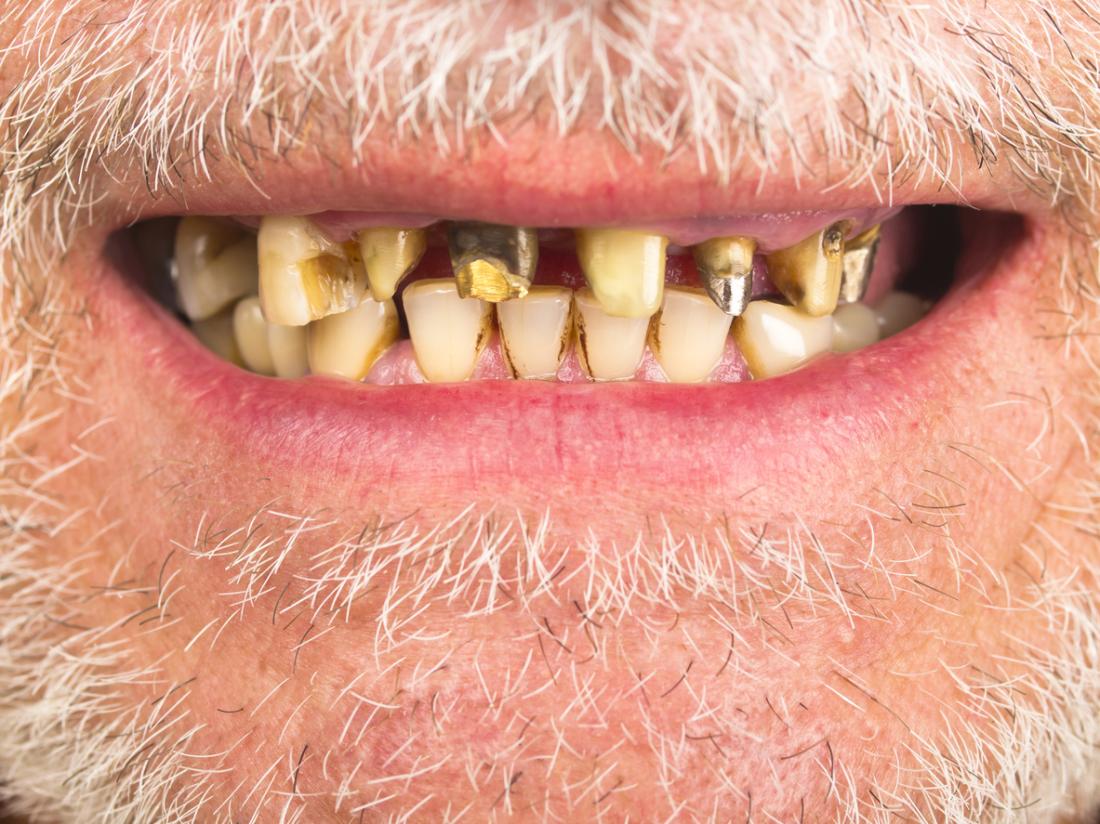

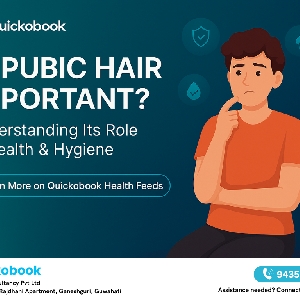
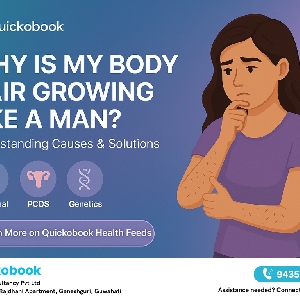

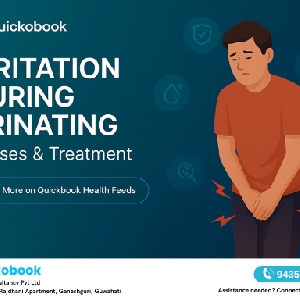
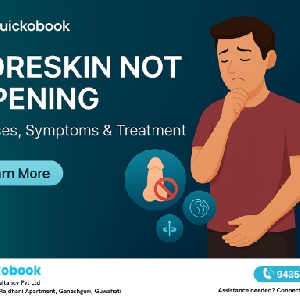


Comments (0)
No comments yet. Be the first to share your thoughts!
Leave a Comment